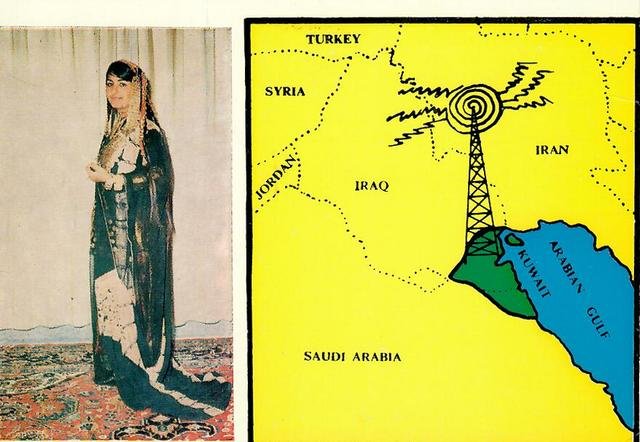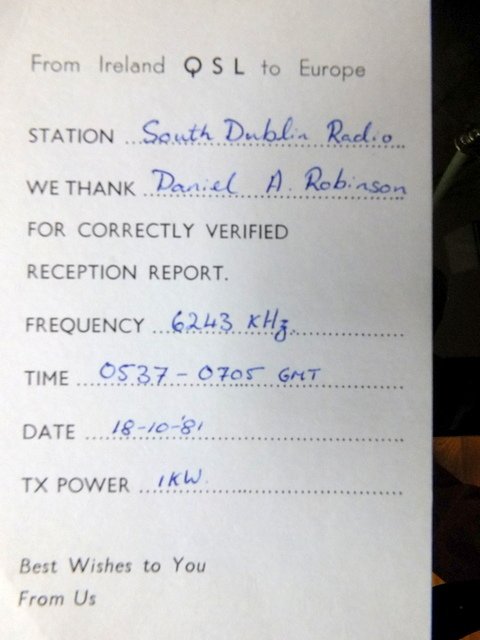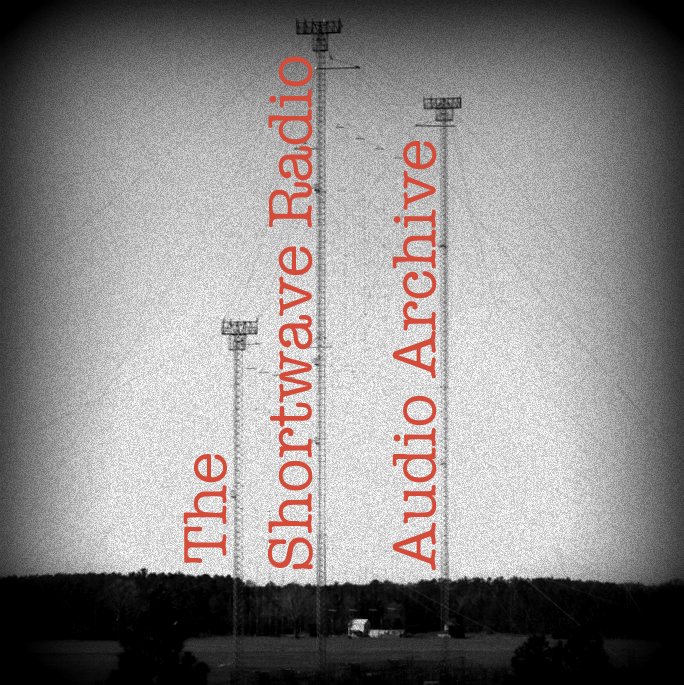The former Zaire, later the Democratic Republic of Congo (DRC), was a focus of radio activity for decades, including many shortwave stations comprising both the national radio in Kinshasa and regional stations that became targets for radio listeners around the world. Zaire which had that name from 1971 to 1997 was controlled for a very long time by Mobutu Sese Seko who seized power in a coup in 1965. Geographically the largest country in sub-Saharan Africa (after Sudan and Algeria, and 11th-largest in the world, DRC has a population of more than 23 million. As Wikipedia notes, Mobutu set out to “[rid] the country of the influences from the colonial era of the Belgian Congo . . . [but] weakened by the termination of American support after the end of the Cold War, Mobutu was forced to declare a new republic in 1990 to cope with demands for change. By the time of its downfall, Zaire was characterised by widespread cronyism, corruption and economic mismanagement.”
“Zaire collapsed in the 1990s, amid the destabilization of the eastern parts of the country in the aftermath of the Rwandan genocide and growing ethnic violence. In 1996, Laurent-Désiré Kabila, the head of the Alliance of Democratic Forces for the Liberation of Congo (AFDL) militia, led a popular rebellion against Mobutu. With rebel forces successfully making gains beyond the east, Mobutu fled the country, leaving Kabila's forces in charge as the country restored its name to the Democratic Republic of the Congo the following year. Mobutu died within four months after he fled into exile in Morocco.”
Zaire was one of the most radio active of all countries in Africa. Only Angola had more regional stations using shortwave frequencies, and some of these were exceedingly rare to be heard by foreign listeners. The main national station Voix du Zaire was frequently heard on its 15,245 khz frequency (see Jack Widner’s superb recordings here on the archive) and during the 1970’s until transmitters started encountering problems, Zaire was easy and enjoyable listening on that frequency. As noted by Jerry Berg in his excellent Broadcasting on the Shortwaves, the status of smaller lower power stations including Radio Mbandaka, Radio Kananga, and Radio Mbuji-Mayi, was often unknown. Radio Bukavu in the east, and Radio Kisangani were more frequently heard, along with Radio Lubumbashi.
The SWL QSL Card Museum shows QSL cards/letters from four stations in Zaire, three from DRC — so this does not include verifications from some of those extremely rare other stations. Radio Candip, which was widely heard abroad on its 5,066 khz frequency, was still on the air into the 2000s, while Radio Kahuzi, the U.S. missionary-run station in Bukavu, was on and being heard via SDR receiver sites in Europe as of 2020, but after that has remained off as of early 2022.





























